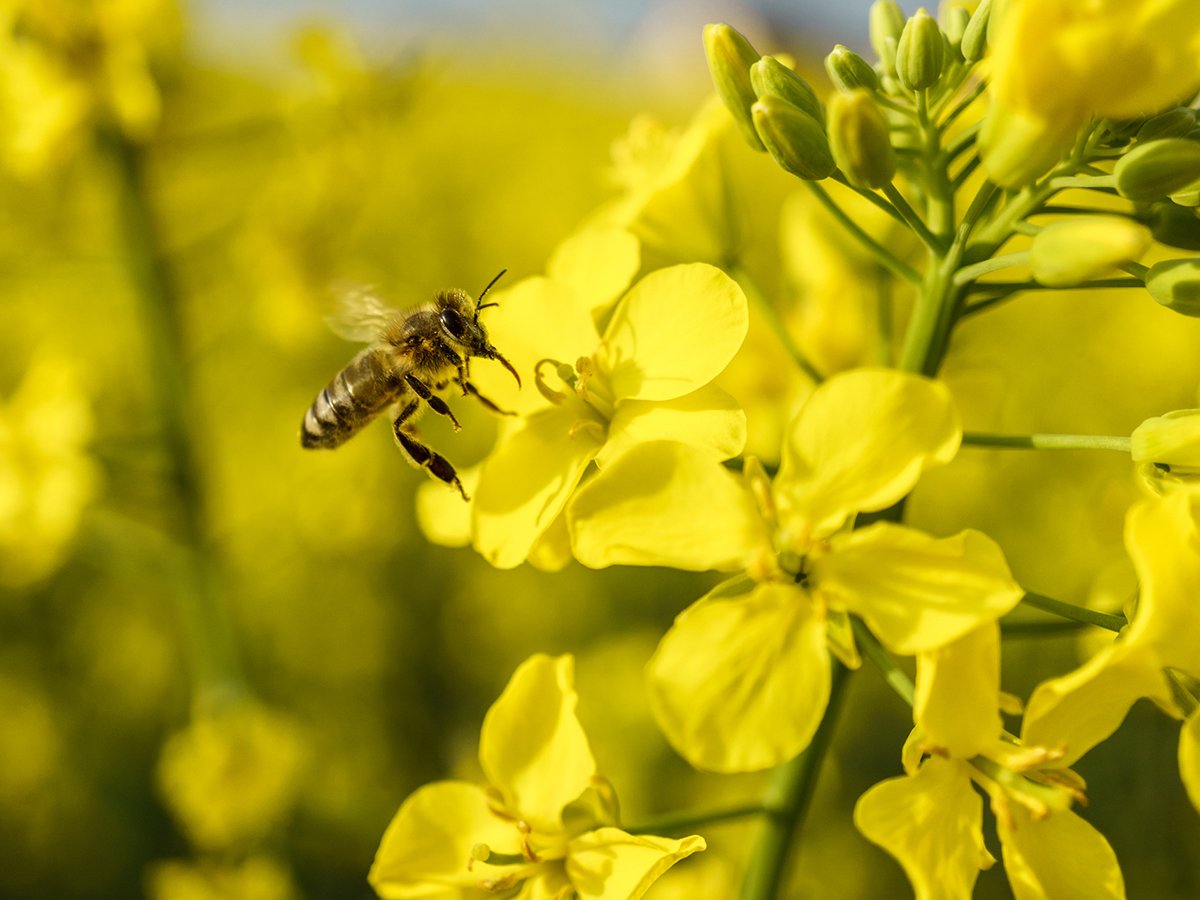The global population was expected to reach eight billion in November 2022. That might have happened six months early. As with many population forecasts, predictions are reached earlier than expected.
Twenty years ago, we were told the world’s population would pass nine billion by 2050 but now the United Nations estimates it will likely be 800 million more than predicted.
For farmers, it means demand for their products from every acre will rise for the foreseeable future, even though they are working with a more or less fixed amount of arable land.
Read Also

Invigor Gold variety viewed as threat to condiment mustard
Invigor Gold, the canola-quality mustard developed by BASF, is on a collision course with Canada’s condiment mustard industry. It’s difficult to see how the two can co-exist.
Canadian farm productivity has made substantial gains in the past decade. Some of it comes from genetics, some from efficiency and some from lucky weather breaks. Overall, farmers have grown more but that doesn’t mean they are going to continue that pace.
Scientists tell us that much of the low-hanging fruit of farm efficiency and genetic advancement has been tapped. Weather trends seem to indicate that extremes will be the norm, and they tend to work against productivity.
The Organization for Economic Co-operation and Development recently said that by 2030, farmers will have to grow nearly 30 percent more than they did in 2020 to meet global food needs. Even before the Russian invasion of Ukraine, the world was on track to be short of grains and oilseeds this year. There is no evident bumper crop in 2022, so the new shipping agreement for the Black Sea, involving transport of Ukraine grain, won’t make a big dent in the shortage.
The UN projects a stagnation of population, but not until about 2070. By then we may have more than 10 billion mouths to feed with the same or less farmland and fresh water.
India will likely pass China as the most populous country sometime next year. The United States is third, but hanging onto that spot over the next 30 years will be tough.
Five countries are projected to account for more than 40 percent of the population increase between now and 2050: Pakistan, Ethiopia, Democratic Republic of Congo, Nigeria and India.
By 2050, the most recent UN report suggests, a quarter of the people on the planet will live on the African continent.
Canada will continue to grow slowly unless it adopts a more aggressive immigration program because the birth rate here is less than 1.5 per woman. Despite this, Canada is the fastest growing country in the G7, though it is a race for turtles. And, like the rest of the planet, nearly all the growth is happening in the largest urban centres.
The European population peaked in 2020 at nearly 750 million. By 2050 it will likely be just over 700 million. China is expected to continue its decline this year, while its neighbour, India, will continue climbing the ladder until about 2070, when it reaches north of 1.7 billion. China at that point might have less than 1.3 billion people.
While the population falls in China, its middle class will grow and so will its ability to buy and consume foods with more calories and bigger protein percentages.
Urban population growth in India and Africa will also swallow up land previously farmed, causing fewer acres to be available for crops.
These projections tell us that Canadian farmers can likely expect full employment for the remainder of the century and beyond, barring something unforeseen.
Karen Briere, Bruce Dyck, Barb Glen and Mike Raine collaborate in the writing of Western Producer editorials.















